Grow flowers the easy way with seed balls
Our seedball mix contains the seeds of nine hardy flowers - brilliant for bees!
Order yours today
Content manager, botanist and tree lover
Wild bees and other pollinators are in decline. But there are things you can do in your garden to help make your garden bee-friendly. Here are our top tips and easy to grow flowers to help you entice bumblebees to your garden.
In return for getting your garden buzzing, pollinators will help your plants, too. They'll ensure your apples, strawberries, tomatoes and other fruit and veg crops produce fruit.
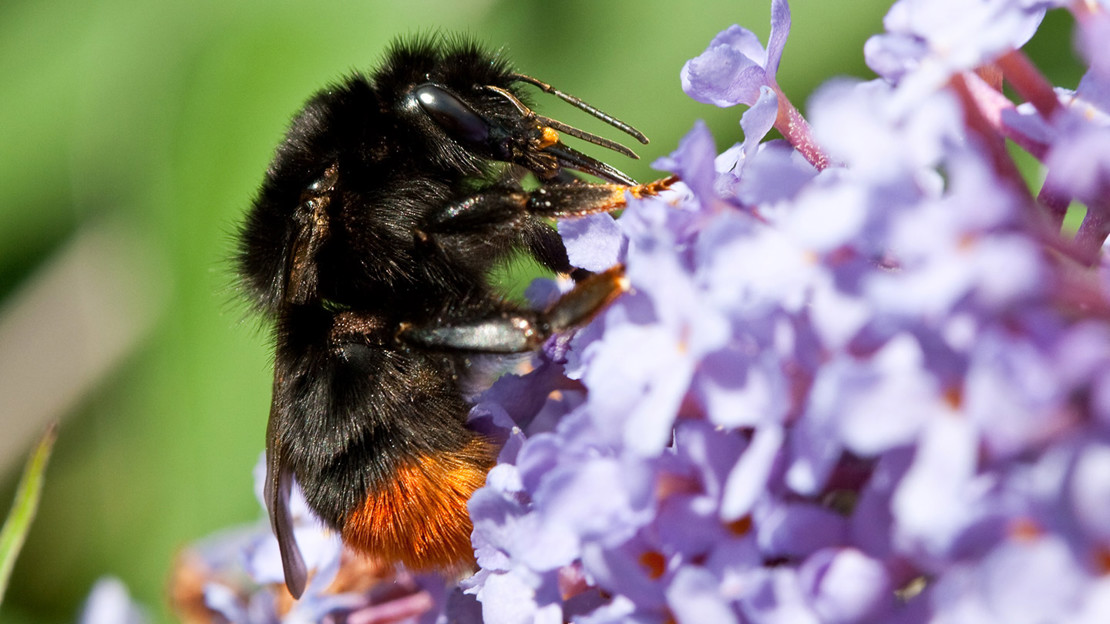
Aim for a good variety of pollen-rich flowers that have different flower shapes and a range of flowering periods from early spring to late summer and even throughout the winter if you can.
Bumblebee species have different length tongues that are adapted to feed from different shaped flowers. For example, the longest tongued species, Bombus hortorum, prefers deep flowers such as honeysuckle and foxglove.
In general, avoid plants with double or multi-petalled flowers. Their flowers are filled with petals and pollinators find them difficult to access. The flowers also often lack nectar and pollen.
Native plants have evolved alongside our native insects and some rarer species tend to favour native wildflowers. There are other benefits to wildflowers too. They can be easy to grow and maintain, and are often relatively resistant to pests.
Some trees and shrubs are also great for bees as they provide masses of flowers in one place. Choose winter and early spring flowering trees such as apple, wild cherry, willow and hazel. We sell UK and Ireland sourced and grown native trees. See the list of wildflower below and visit our native tree shop.
Common insecticides containing neonicotinoids (thiacloprid and acetamiprid) kill bees! They are still approved for home and garden use and are available today at most garden centres and DIY shops. Read the label and please avoid using them.
Create insect houses in your garden to provide nesting sites for solitary bees and insects. Different bee species require different habitats.
You can make your own simple bee house or you can buy a commercially-made bee house. Fix bee boxes in a south-facing spot. Also make sure the entrance points downwards so that rain doesn’t get in.
Lawn weeds such as dandelions are excellent bee plants, providing vital pollen early in the season. White clover attracts masses of honeybees, while the longer tongued bumblebees prefer red clover. If you can’t bear to let your lawn grow, consider leaving a patch that’s less frequently mown to give them a chance to flower.
The Bumblebee Conservation Trust offers great advice for bee-friendly gardening.
Perennial bulbs, with stunning blue bell-shaped flowers that have a sweet scent. They look spectacular when grown in groups. Make sure you plant true native British bluebells.
Bluebells grow well along a hedge or under trees and provide a great early food source for bees.
Flowers: May to September.
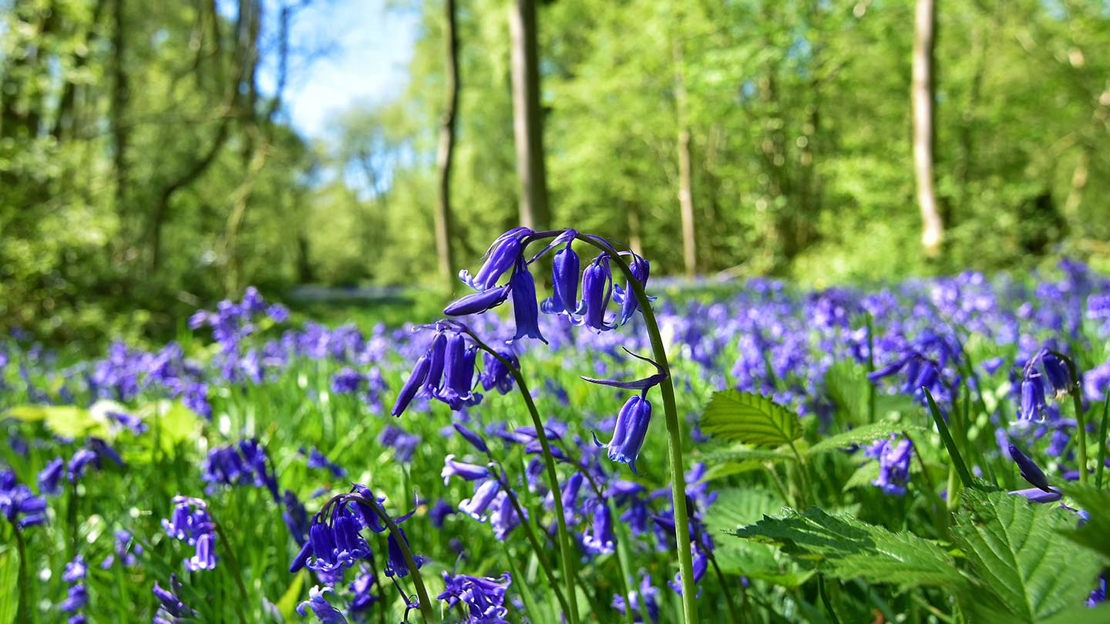
Tall, hardy biennial with pink trumpet-shaped flowers. Foxgloves tolerate shade well, but flower best in full sun. It freely self-seeds.
This classic cottage garden plant is loved by long-tongued bumblebees such as the garden bumblebee (B. hortorum) and the common carder bee (B. pascuorum).
Flowers: June to September.
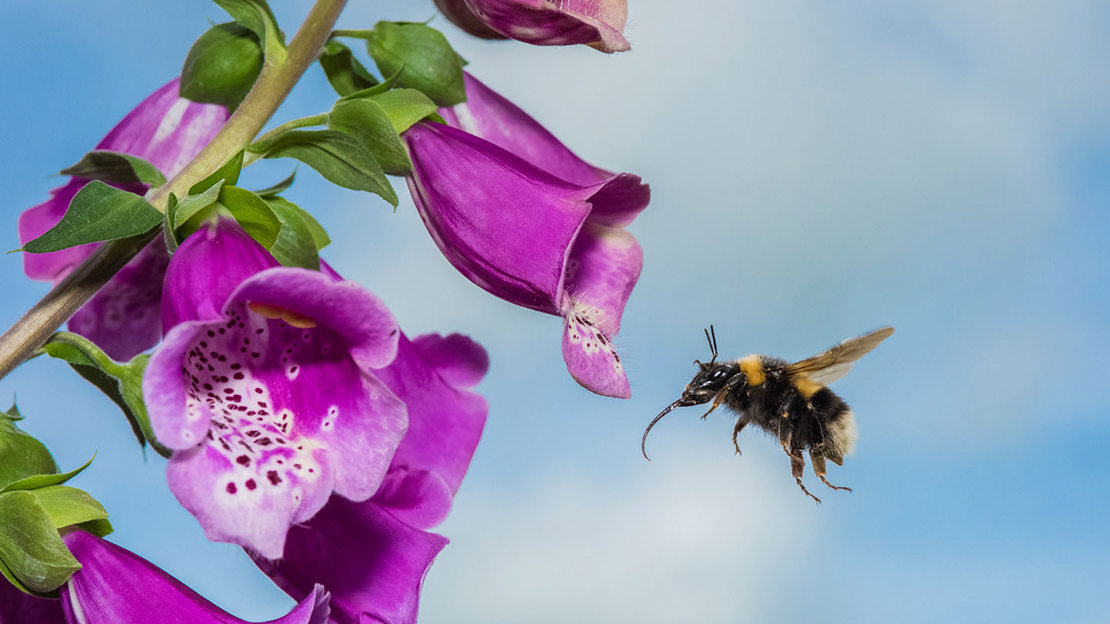
A very hardy perennial, and great for the back of a herbaceous border. It prefers damp places but will grow almost anywhere.
It has a long flowering period that’s loved by bumblebees, especially species with long tongues.
Flowers: May to August.
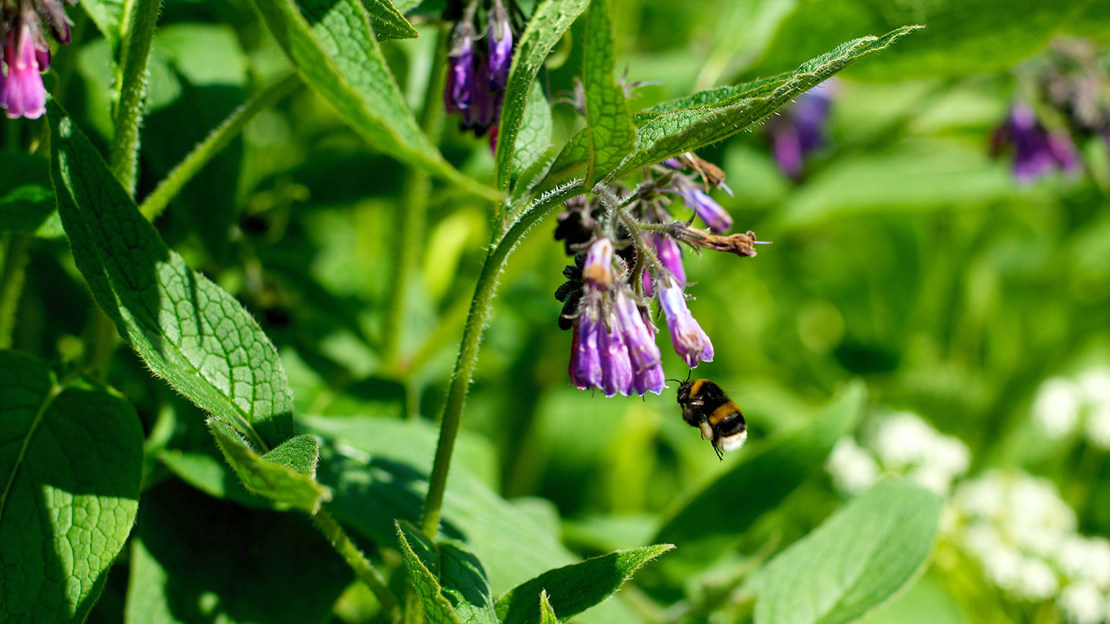
In summer, you'll find red clover (T. pratense) and white clover (T. repens) literally abuzz with the sound of bumblebees.
The flowers of red clover are particularly adored by both rare and common bumblebees.Grow clovers in a wild part of your garden or allow them to colonise an area of your lawn!
Flowers: May to September (red clover); April to October (white clover).
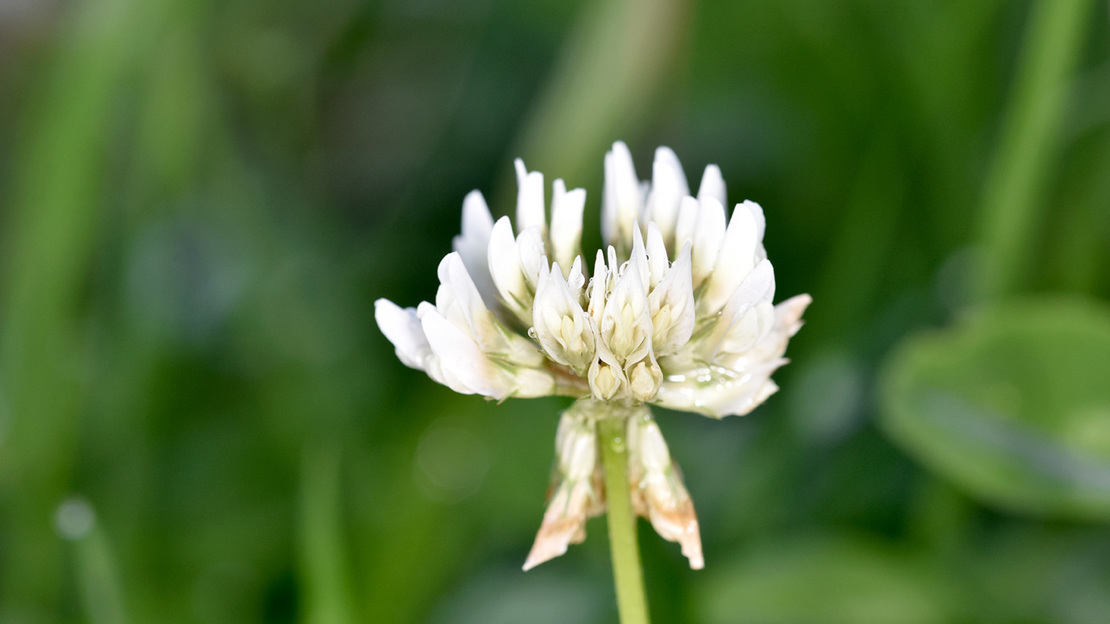
A beautiful thistle-like wildflower. It produces masses of large vibrant purple inflorescences that act as magnets to pollinating insects.
Greater knapweed is a common meadow wildflower, but it also looks fabulous among other plants in a herbaceous border.
Flowers: July to September.
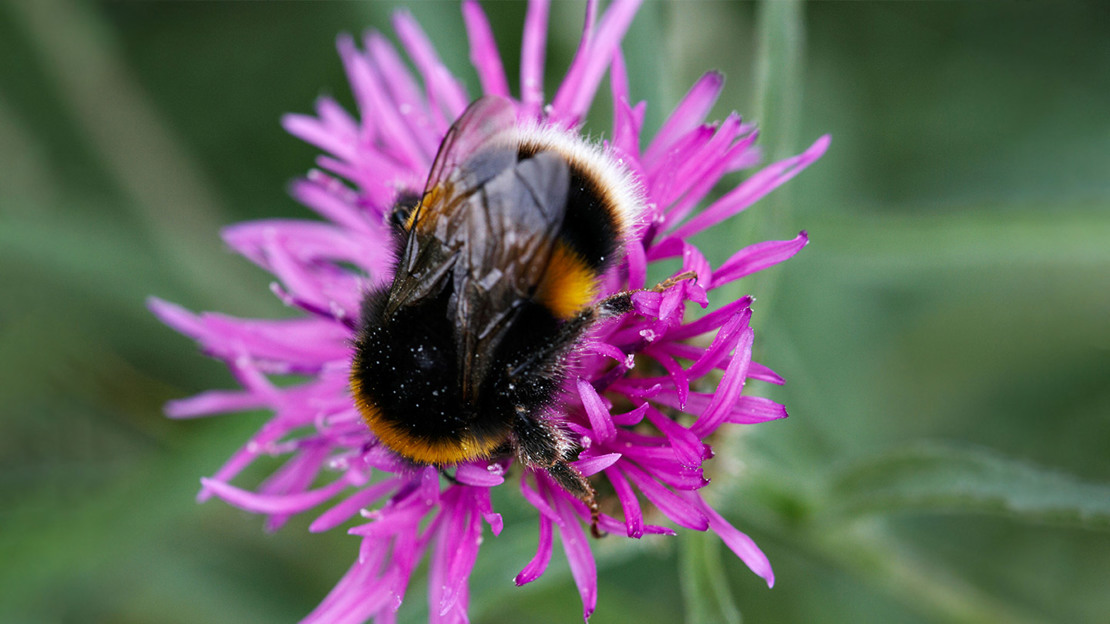
An unusual looking native evergreen perennial plant. It has light green bell-shaped purple-edged flowers that hang from a thick upright stem. It gets its name from the unpleasant smell of its crushed leaves.
Stinking hellebore flowers in late winter so is great for early emerging queen bees. It grows well in shady spots.
Flowers: January to May.
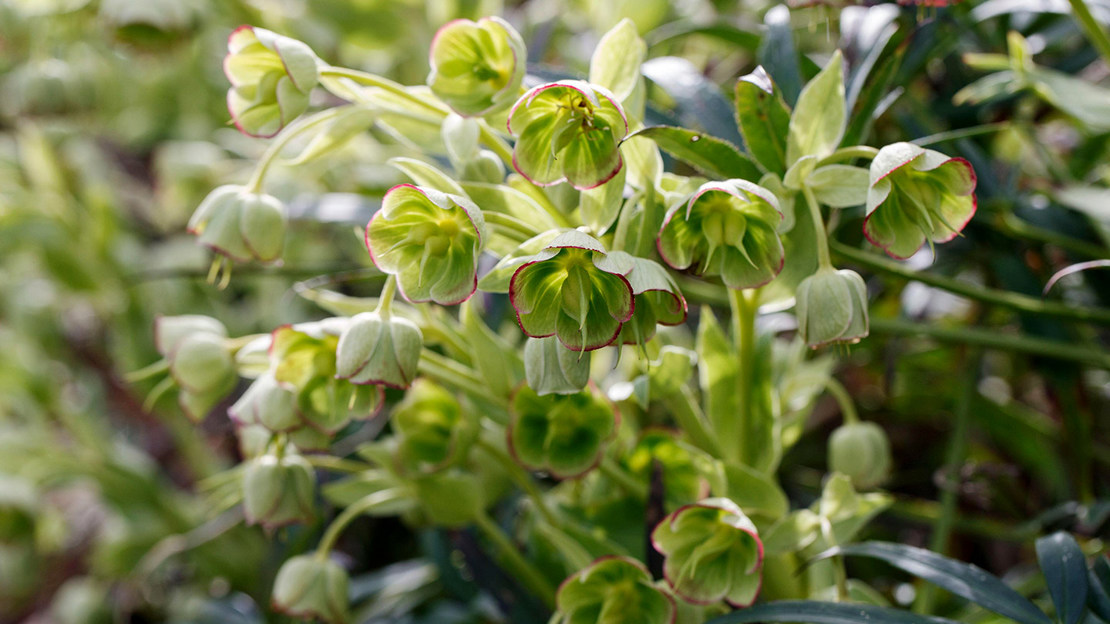
This native plant is a vigorous climber and a great addition to a wildlife garden. In summer, its highly fragrant, tubular, pink and cream flowers are buzzing with bees and other pollinators. It is a common species in hedgerows and woodland.
Train it up a wall, fence or over an obelisk. If you prune honeysuckle hard it thickens up to become an ideal nest and roost site for birds.
Flowers: June to September.
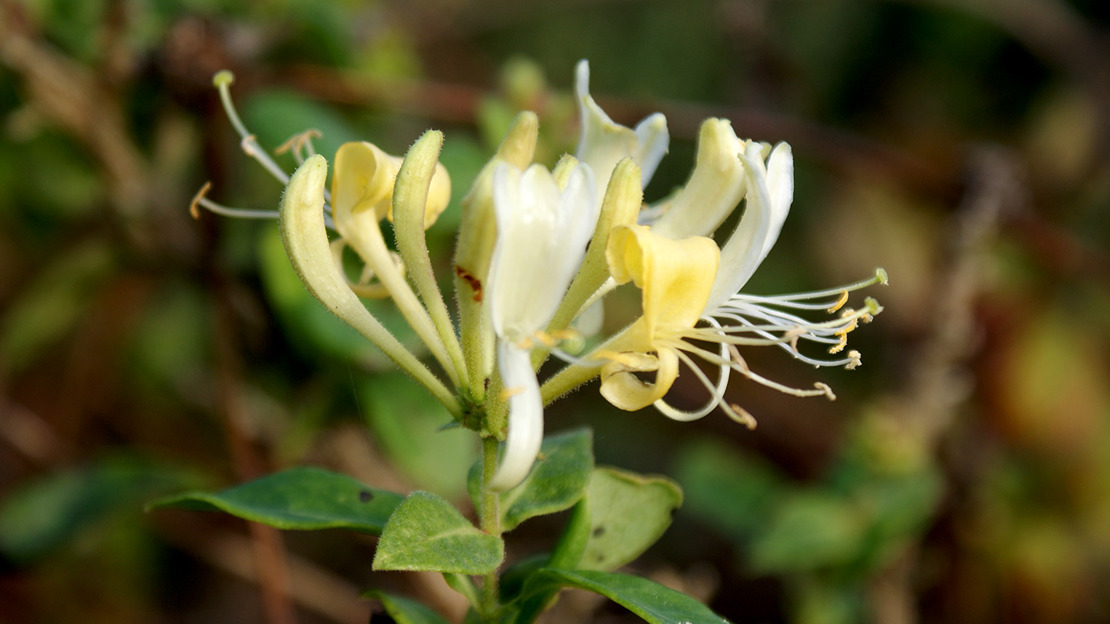
An ancient woodland plant and one of the most beautiful wild flowers of early spring. The star-shaped flowers of the wood anemone have six white petals around a green centre with yellow stamens.
It tolerates poor soils in both shade and sunlight. Plant it in the shade under trees and shrubs, or out at the front of the border in full sun.
Flowers: February to May.
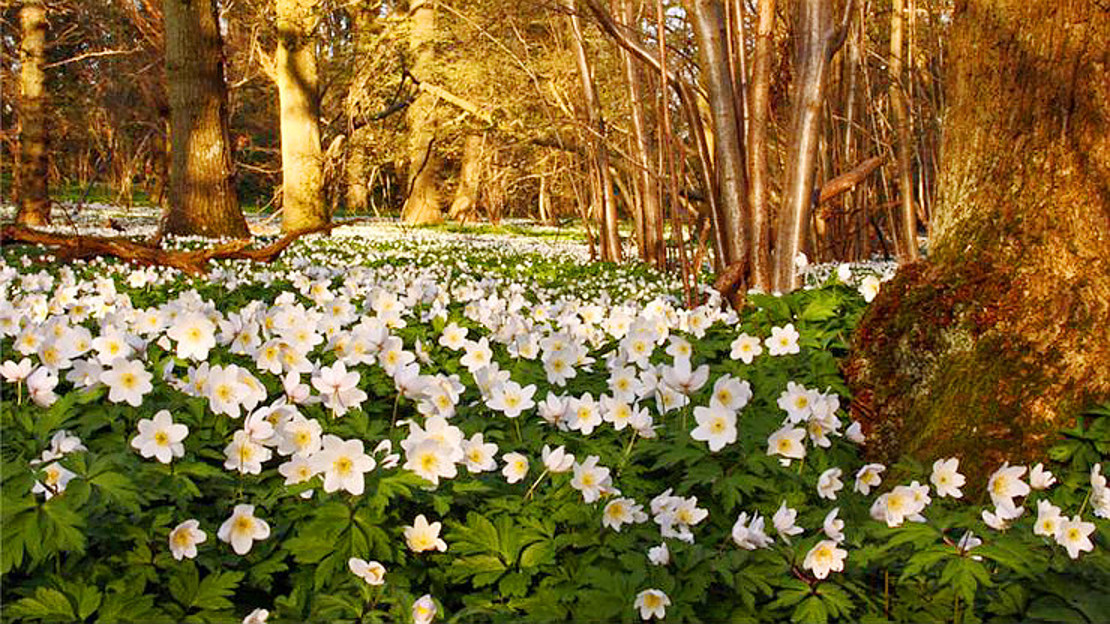
Our seedball mix contains the seeds of nine hardy flowers - brilliant for bees!
Order yours today